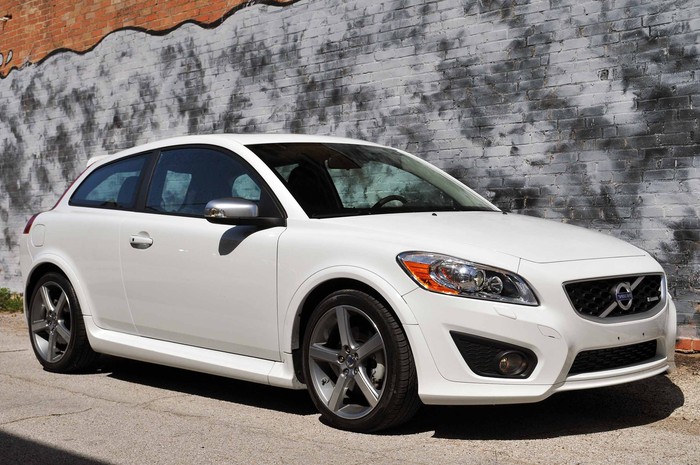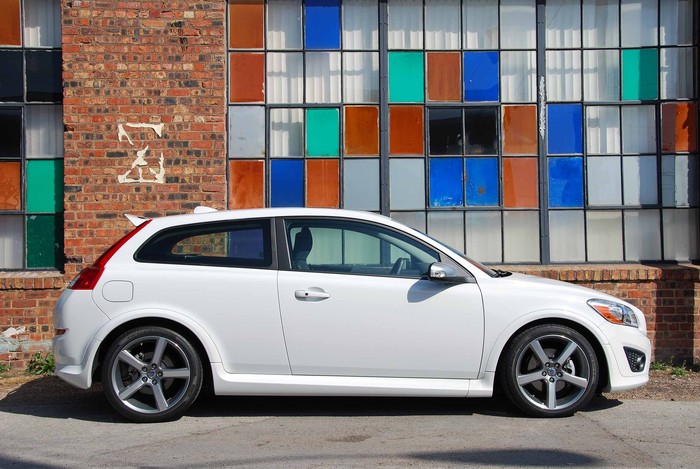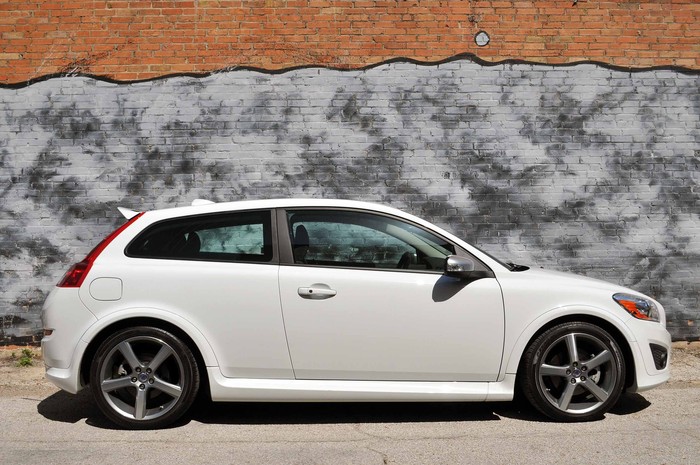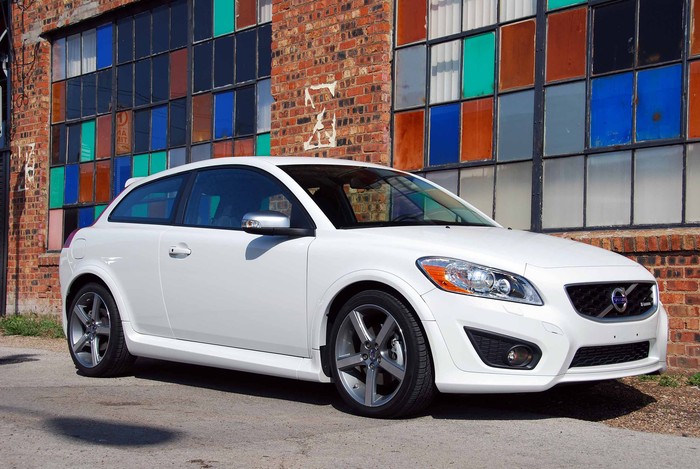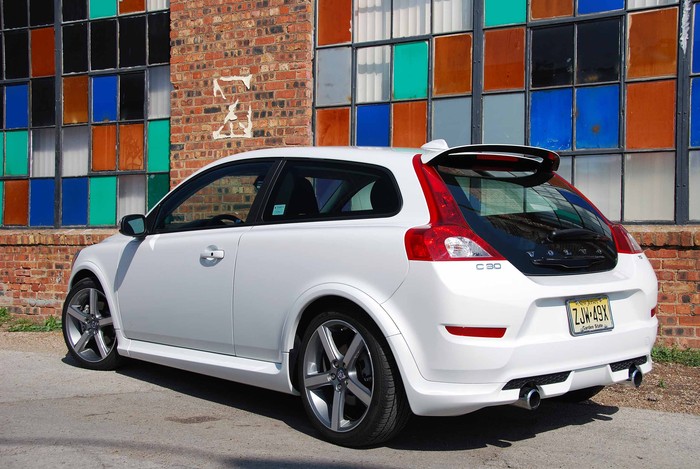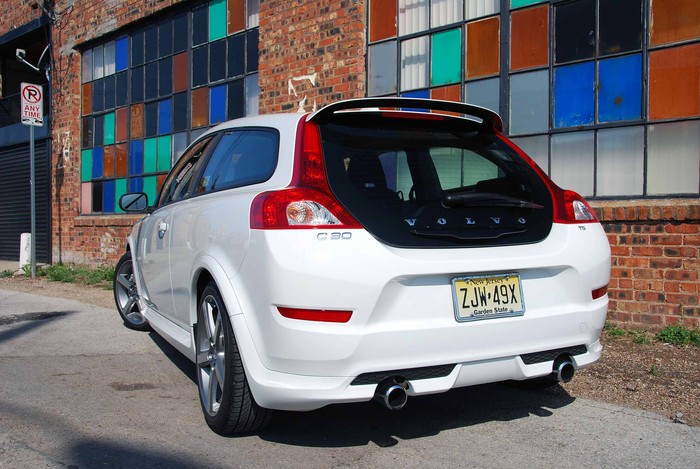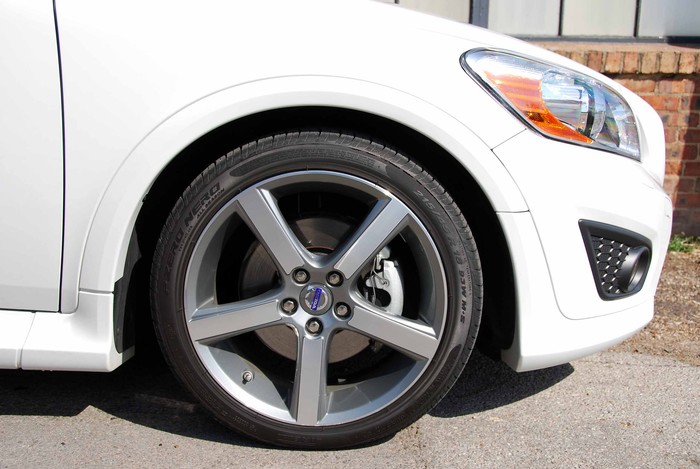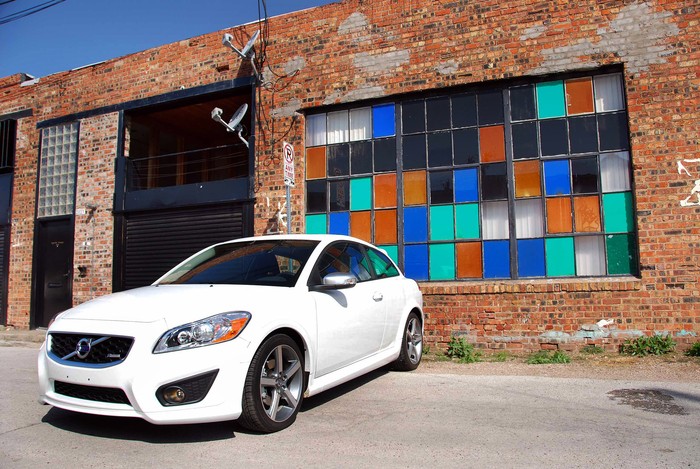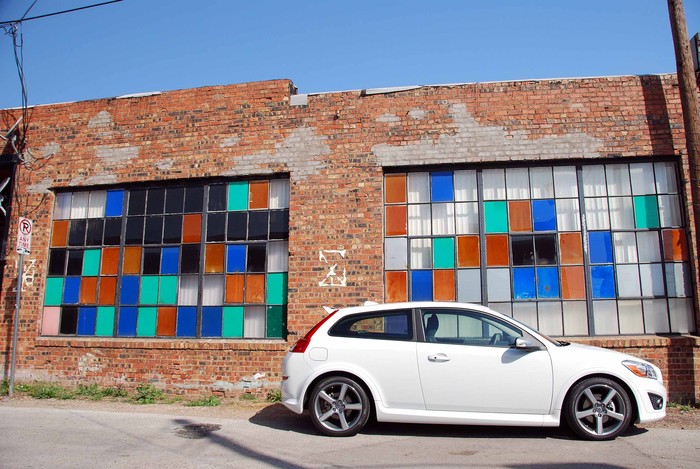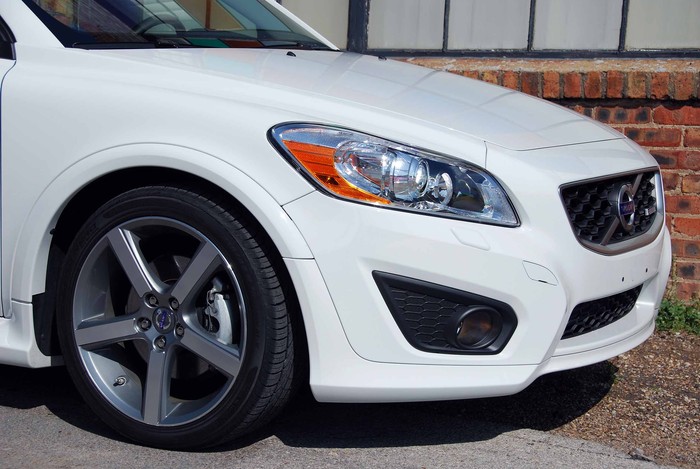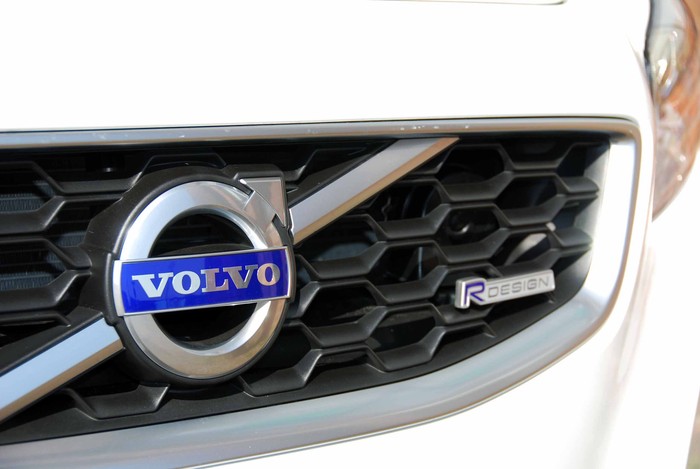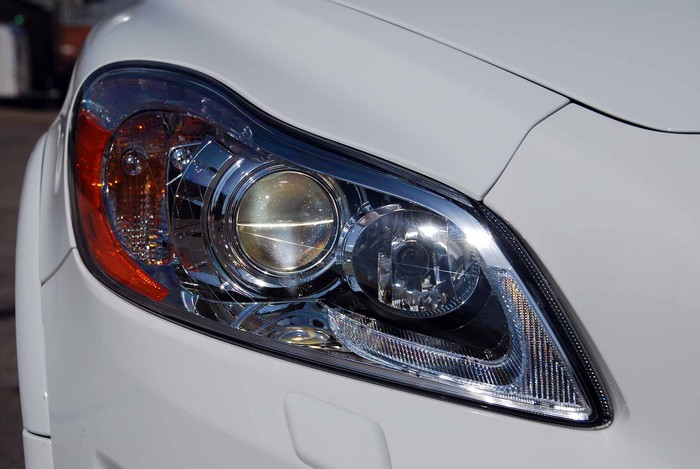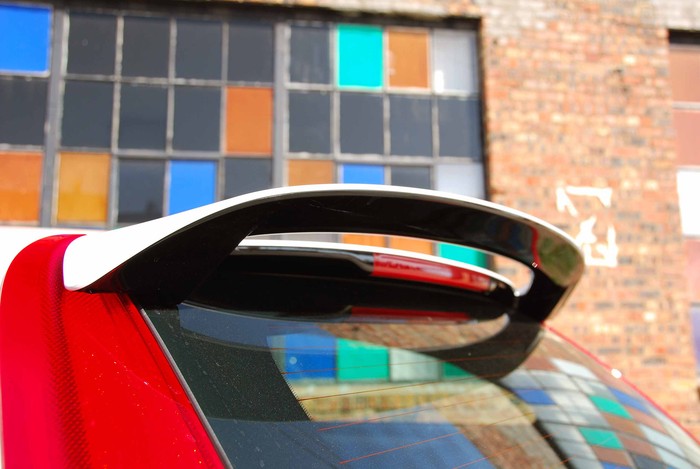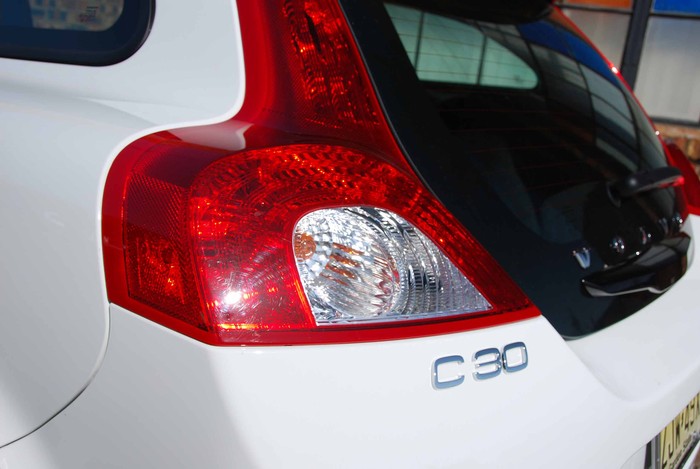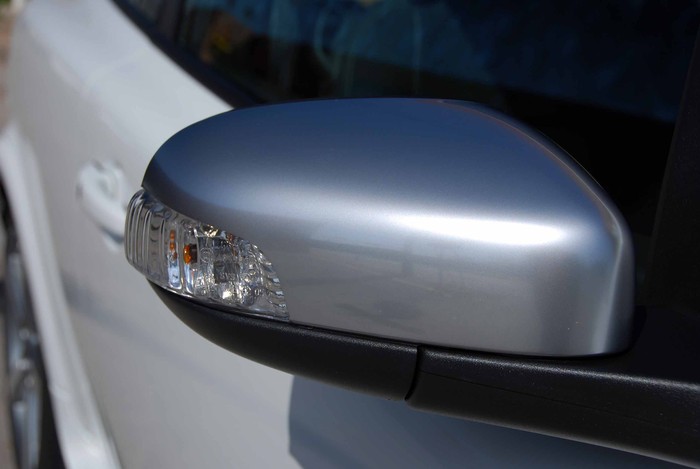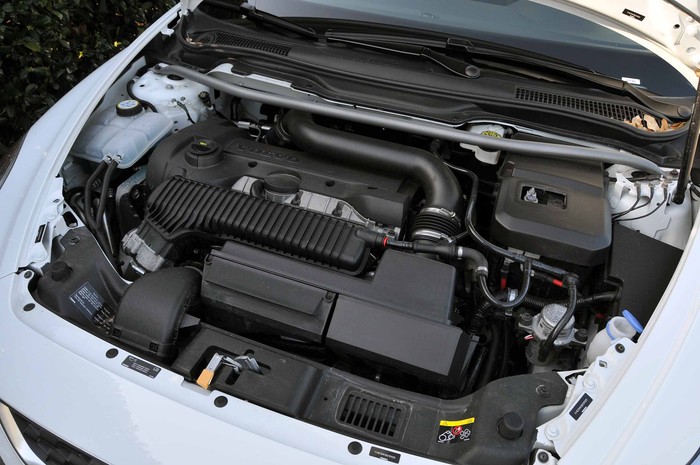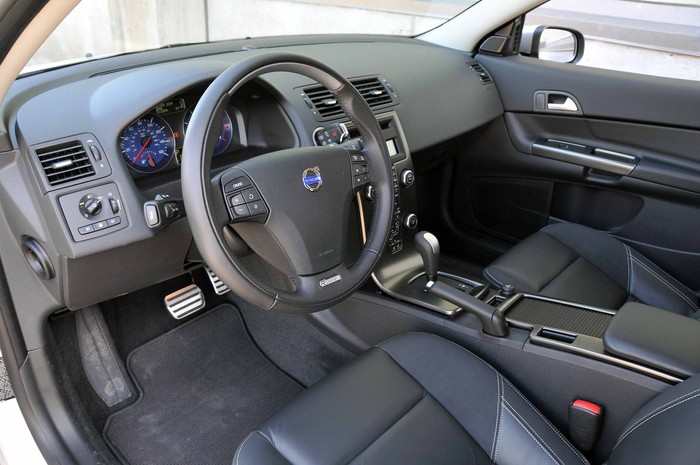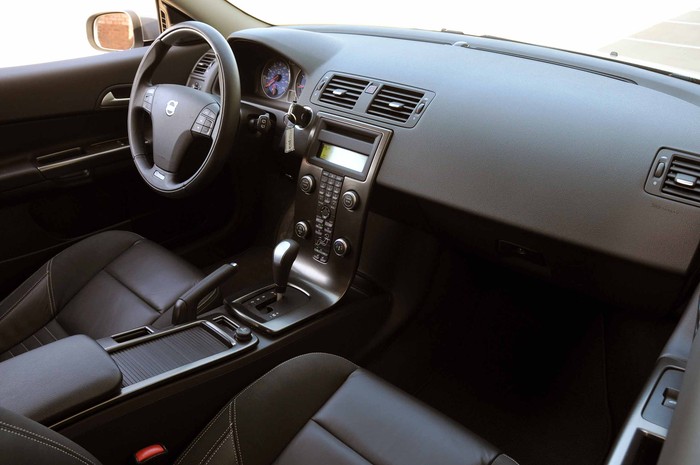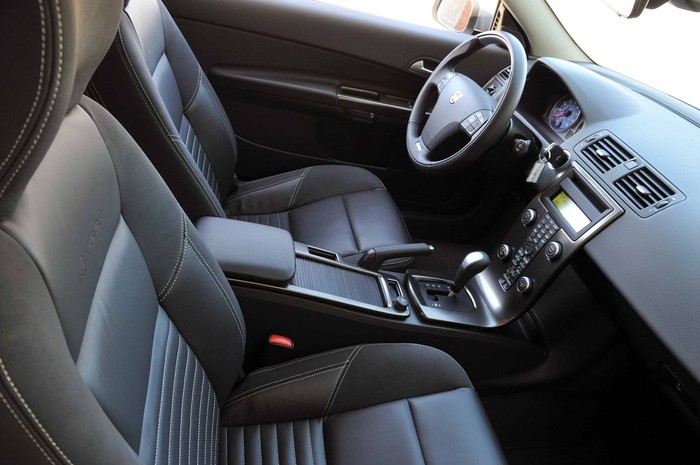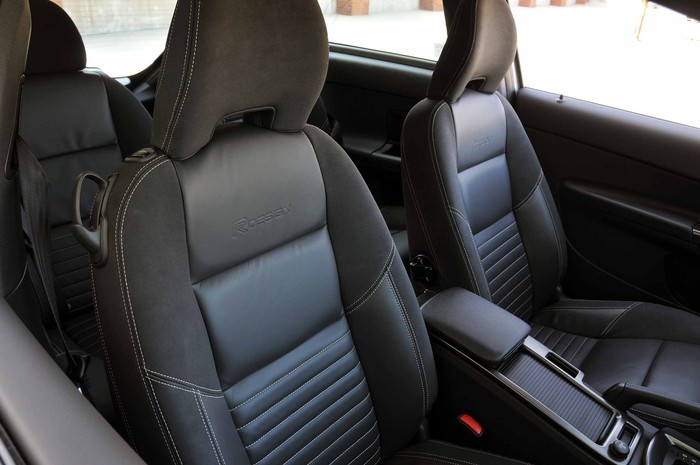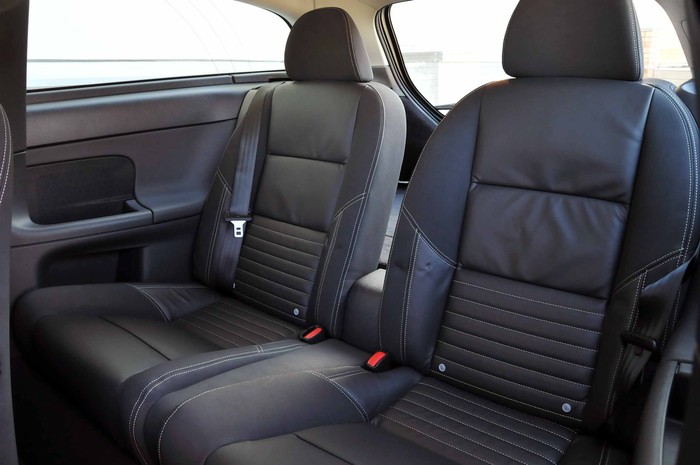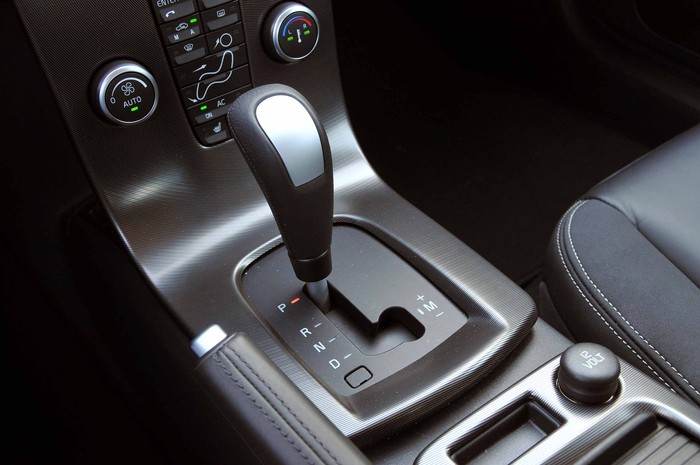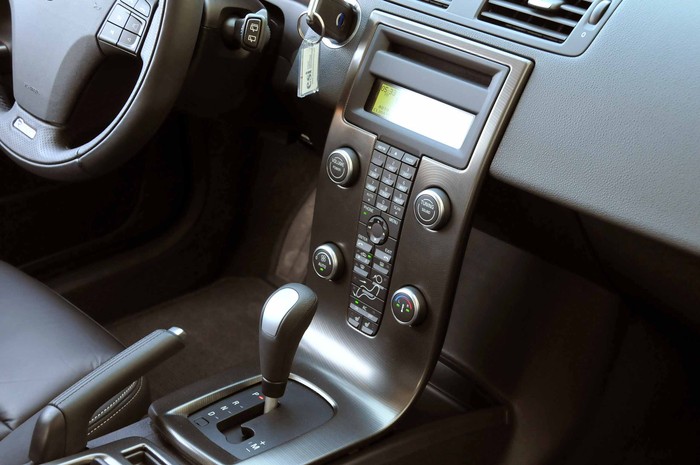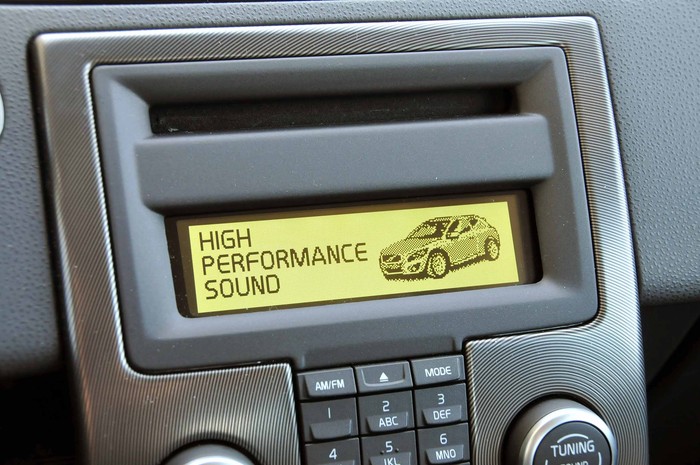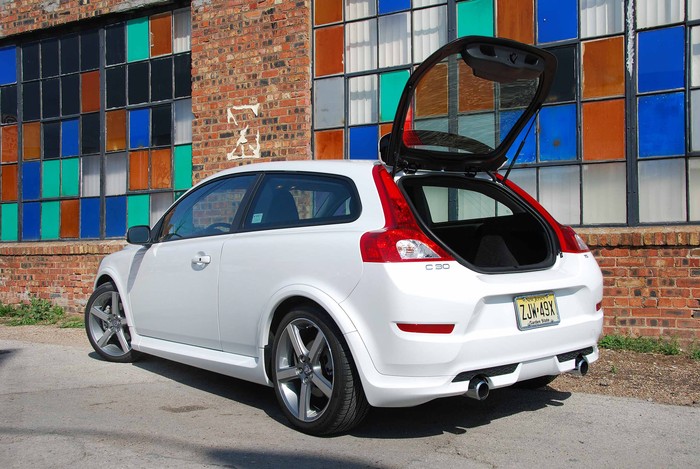
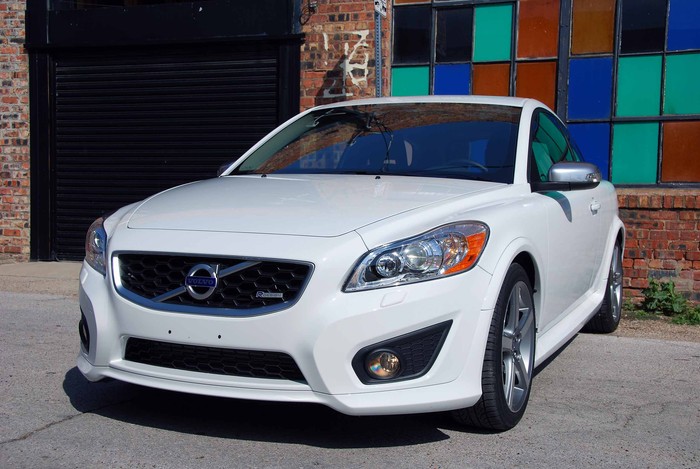
Review: 2011 Volvo C30 T5 R-Design
Sweden's tumultuous auto industry dutifully and consistently cranks out modestly conservative, refined sedans - but occasionally a wicked little something sneaks through the cracks and reminds us that those Nordic dwellers like a little spice in their lives. Enter the refreshed 2011 Volvo C30 T5 R-Design.
Over the last decade or so, the Saab camp offered up the hot-rod 9000 Aero, the sprightly, torque steer-plagued 9-3 Viggen hatchback and the voluptuous Aero X concept car, but it is Volvo that is really known for uncharacteristic spurts of emotion sliced in between "respectable" family haulers.
"It's not your Uncle Olaf's Volvo," touted ads for the then-revolutionary turbocharged 850 sedan more than 15 years ago. Volvo tossed its stodgy image aside and started to build outlandish bright yellow turbocharged wagons with Alcantara-covered seats and a Porsche-massaged five-banger. Ever since, the "I Roll" brand has, between building modestly luxurious sedans, wagons and SUVs, proven that it can rock, too.
What is it?
Slotted below the S40 sedan and V50 wagon, the C30 takes its general flair from Volvo's iconic P1800 ES three-door wagons that debuted back in 1972. Those shapely wagonbacks only lasted for two model years, but their legacy has made them cult collector's items.
The C30 was first introduced to the United States as a 2008 model (small car-friendly Canada got it a few months earlier as a 2007). Quirky and unique from the tail end, the C30 was virtually identical to the much more sedate S40 up front. To rectify this stylistic confusion, Volvo gave the C30 a far more daring front fascia for 2011.
Our test C30 featured the sport-oriented R-Design trim level, which adds a full body kit, partial-leather seats, a sporty steering wheel, a sport suspension, a few additional upgrades and $2,350 to the base C30 T5. All C30s in the United States come with Volvo's ubiquitous 2.5-liter turbo five-cylinder (which means T5 in Volvo-speak) and either a six-speed stick or (as tested) a five-speed automatic.
Not cheap at nearly $33,000 as-tested, the C30 still smarts from historically challenging Euro-to-dollar exchange rates.
What's it up against?
Like many Swedish cars, the C30 sort of creates its own segment - in this case, think of it as a more uplevel hatchback. Not as retro-cool as the Mini Cooper S or as sporty as the VW GTI, the C30's premium price point gives it few rivals.
Any breakthroughs?
Besides the new front fascia and a mild shake-up of the C30 lineup, the 2011 model gained a new sport suspension option fitted to all C30 T5 R-Designs. Stiffer springs, mono-tube dampers and stiffer steering bushings are designed to make the C30's nature more overtly sporting than on the standard comfort-oriented suspension. Inside, the C30 also gains a new aluminum inlay on the center stack and the doors.
How does it look?
Although simpler in its fascia execution than the new S60 and the XC60, the refresh nonetheless breathed new life into the surprisingly stodgy basic C30 design. A curvaceous, slightly too elongated nose features an attractive honeycomb grille and aggressively swept-back headlamps. The new fascia gives way to oversized flared fenders - black on standard models, painted on R-Designs - and new alloy wheels.
The side profile is remarkably conservative, owing to the C30's unmodified original design, while the tail continues to delight with its small glass hatch and high-mounted tail lamps. The C30 looks like nothing else on the road and it shows a degree of design playfulness rarely seen in new production vehicles.
During our week-long test, the C30 garnered more than its share of compliments from fellow motorists, most of whom seemed to recognize the Volvo design language.
The C30 is a rare sight on North American roads, but we were pleasantly surprised to see a degree of camaraderie among Volvo hatchback owners. Two such Volvophiles separately stopped us in parking lots to share their enthusiasm; the last time we saw that level of ownership support was during our last Jeep Wrangler evaluation. Volvo clearly has a core group of enthusiasts who should absolutely be embraced by the company's new Chinese owners.
And on the inside?
Although the dashboard and free-standing center stack debuted all the way back in late 2004 in the S40, the simple and relatively bold style still seems fairly fresh.
The low dashboard, tall side windows and huge rear window (courtesy of the glass hatch) give the C30 great overall visibility and a nice, airy feel despite relatively wide A-pillars. Volvo-typical firm but comfortable front seats offer full power adjustment for both the driver and passenger. Included with the R-Design package is a slightly-too-big three-spoke sport steering wheel that nonetheless has perfect, well-placed padding.
That flowing center stack contains a multitude of buttons that are, mercifully, mostly repeated on the steering wheel in simpler fashion. The remote control-style center stack buttons control every function related to the car's audio and HVAC systems; with the exception of headlamp controls, the dashboard is otherwise button-free, resulting in an intentionally stark atmosphere.
Eschewing the cheap plastic trim that was previously standard, the C30's new textured aluminum looks and feels upmarket, as does its leather and wetsuit-like upholstery. The materials selection is unique and helps lift the C30's otherwise rather plain interior.
The C30's rear seat seems inspired by the Porsche 911 - not really a trait automakers should look to copy. Best for kids, the two bucket-like seats can hold adults for really, really short trips. Like to the end of the driveway. At least they fold mostly flat to make the none-too-big cargo area more useful. The C30 can pack more baggage than the Mini Cooper can, but it's not quite as commodious as the GTI. The shallow cargo area can really only hold one large suitcase, limiting the hatchback's long trip usefulness - a shame given its impressive roadability.
But does it go?
View the C30 as something of a more comfort-oriented sport hatch and you'll find its well-controlled ride, terrific straight-line ability and surprising tossability to be genuine assets. The steering is sharp and direct, if short on road feel, while our tester's 18-inch Pirelli P-Zero Nero tires were unwilling to relinquish traction during hard cornering.
Considered on its own, the C30 is an absolute hoot to drive. It's only when you view it against its competition that some of its dynamic weaknesses manifest themselves. The 18-inch wheels and 245/45 tires feel a little short on sidewall profile over hard bumps, they transmit too much road noise and a vague steering numbness prevents the C30 from being a chuckable pocket-rocket like the Mini and GTI are.
Nonetheless, the C30 is a sedate cruiser for soaking up highway miles and is sufficiently entertaining when the road turns twisty. Its 2.5-liter, 227-horsepower five-cylinder emits a refined growl under hard acceleration and is just eager enough to poke around in the upper rev range and its nice and flat 236 lb-ft. of torque curve lasts from just 1,500 rpm all the way up to 5,000 rpm. The five-speed automatic fired off buttery smooth shifts, although we wish there was a transmission sport mode instead of the Geartronic manumatic-style gate. Slap the skinny gear lever to the right and you can row it yourself, but the shifts are just too lazy to serve any real sporting purpose.
During our week of testing, we saw highway numbers just above the 30 mpg Volvo quotes and city figures pretty much on par with the company's 21 mpg number. Overall, we averaged around 23 mpg.
Why you would buy it:
You're looking for a nifty three-door runabout that strays from the now-de rigeuer Mini, but still possesses a solid dose of sport and style - unlike most three-door hatches. Or you have Twilight posters all over your bedroom (sure, they're your daughter's. Right.).
Why you wouldn't:
For $33,000, you could buy a nicely-loaded V50 or even toss in a few pennies for a base V70.
Leftlane's bottom line
The C30 oozes character and chic, independent style in a totally Swedish manner. It might not be as Teutonically-sophisticated as the GTI, but we had an absolute blast bombing around in our little white test car during our evaluation.
We're hoping not much changes when the Chinese take full control of Volvo later this year, but we do hope that Chinese cut-rate pricing finds a way to keep the C30's flavor, quality and engineering while dropping the cost of entry.
2010 Volvo C30 T5 R-Design base price, $26,950. As tested, $32,950.
Preferred package, $11,800; Sirius Satellite Radio, $400; Automatic transmission, $1,250; Climate package, $1,700; Destination, $850.
Words and photos by Andrew Ganz.
